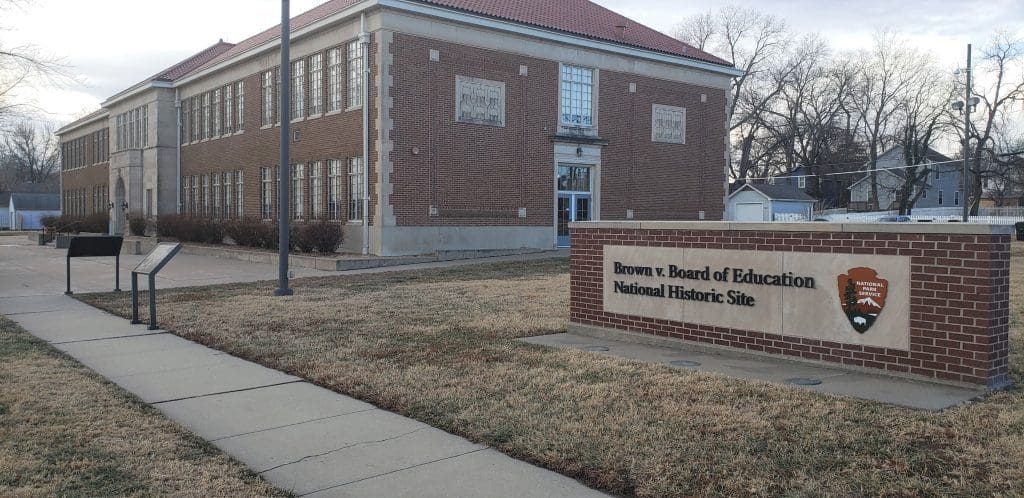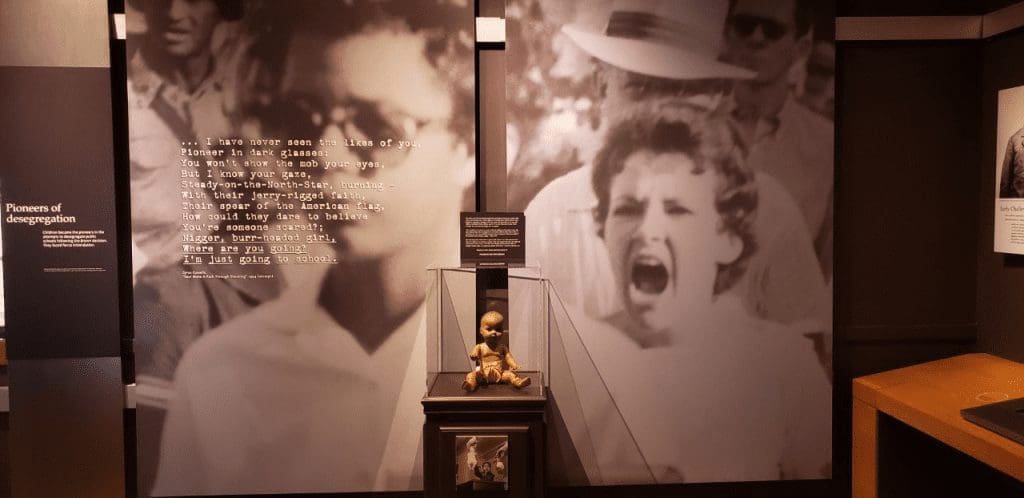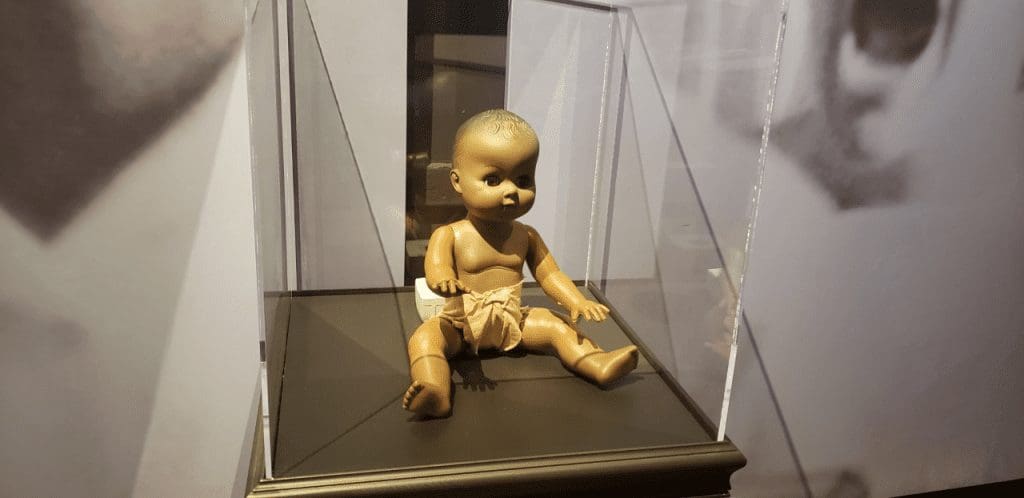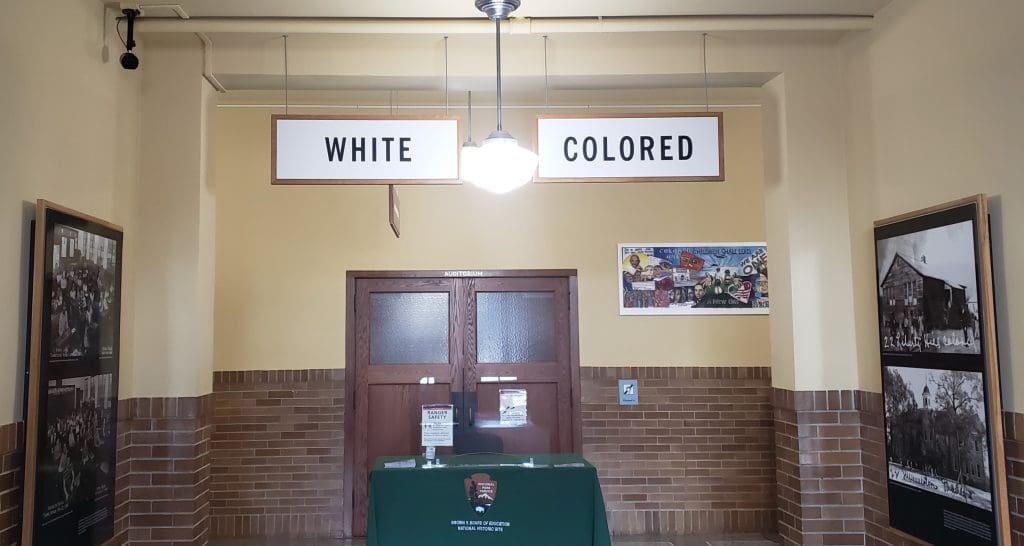
The Long Road to Justice

It was one of four segregated schools for African American children in the city of Topeka, during the time of the Brown v. Board of Education court case. (Courtesy of Fatimah Purvis, NPS.)
During the month of February, in celebration of Black History Month, Brown v. Board of Education National Historic Site is overflowing with ranger led discussions, distance learning programs, and more!
As a civil rights site, our primary goal is to preserve, protect, and interpret the places that contributed to the landmark U.S. Supreme Court decision that brought an end to segregation in public education. Thought provoking audience centered questions are posed to visitors as they navigate through the site. Examples of these questions are: “Would you put your child on the front lines of integration? If so, how would you prepare your child?”

One of the most unique and important artifacts on display at Brown v. Board is one of the dolls that was used in the Kenneth and Mamie Clark doll study. The results of the test showed that a majority of the Black children preferred the White dolls to the Black dolls. To the Clarks, these tests provided solid proof that segregation stamped African American children with a badge of inferiority that would last for the rest of their lives. The argument swayed the U.S. Supreme Court Justice Earl Warren, in writing the Court’s opinion, noted that the legal separation of Black children gave them, “a feeling of inferiority as to their status in the community that may affect their hearts and minds in a way unlikely to ever be undone.” On May 17, 1954, Chief Justice Earl Warren stated, “We conclude that, in the field of public education, the doctrine of ‘separate but equal’ has no place. Separate educational facilities are inherently unequal.” The decision dismantled the legal framework for racial segregation in public schools and Jim Crow laws, which limited the rights of African Americans, particularly in the South.

that would later be used in Brown v. Board of Education. (Courtesy of Fatimah Purvis, NPS.)
At Brown v. Board of Education NHS, visitors can learn more about how education became the path to freedom, the negative effects that the Separate but Equal doctrine had on people of color throughout the U.S., the 5 consolidated cases that are known as Oliver Brown, et. al. v. the Board of Education of Topeka, et. al., how the Brown decision paved the way for the Modern Civil Rights Movement, the Civil Rights Act of 1964, the Voting Rights Act of 1965 and more!

Signs such as these would have been seen throughout segregated towns during the time of legalized segregation, in parts of the United States.
*Note: The signs are not original to the building. (Courtesy of Fatimah Purvis, NPS.)
Research materials and programs would not be possible without the support provided by WNPA through their park store sales. Portions of the proceeds from all sales from our park store go towards workshops, interpretive programs, Junior Ranger materials, and more!
By: Fatimah Purvis, Park Guide, Brown v. Board of Education National Historic Site and Preston Webb, Park Ranger, Brown v. Board of Education National Historic Site



